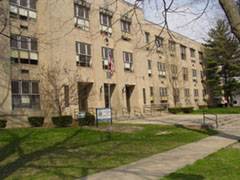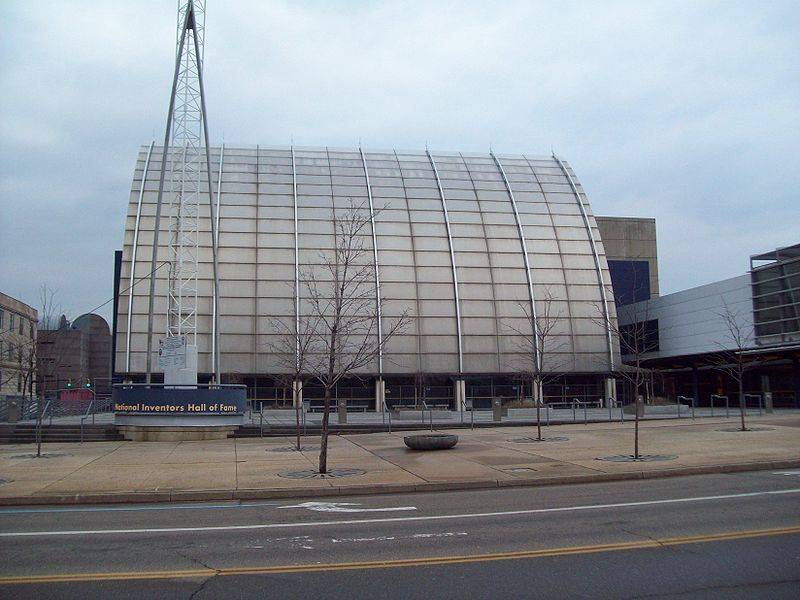Last week, the Champaign Unit 4 school board hosted a meeting to inform the public about the imminent process of relocating and rebuilding historic Central High School. At this meeting, the board announced the location of seven sites currently being considered for the new school, all on the edge of town. Several of the sites recommended are adjacent to Olympian Drive, others currently owned by the University of Illinois at the far south end of town. And, according to the News-Gazette, the board seems to be in quite a hurry to acquire the land. In the N-G article, school board President Dave Tomlinson said the district hopes to make a decision on the purchase of land by next summer, possibly sooner.
 Why the big push? The most obvious reason is that Central High School’s facilities are substandard and land-locked. Athletic fields and parking are virtually non-existent. Computer labs are makeshift. The marching band practices on a sliver of grass next to a sidewalk. Certainly, a new school would improve facilities for students. But while relocating the school on a large parcel of land at the edge of town is the easiest solution, is it the best? What does research show is in the best interests of students when it comes to school buildings? Is bigger really better? Is further better?
Why the big push? The most obvious reason is that Central High School’s facilities are substandard and land-locked. Athletic fields and parking are virtually non-existent. Computer labs are makeshift. The marching band practices on a sliver of grass next to a sidewalk. Certainly, a new school would improve facilities for students. But while relocating the school on a large parcel of land at the edge of town is the easiest solution, is it the best? What does research show is in the best interests of students when it comes to school buildings? Is bigger really better? Is further better?
According to Smart Growth America, a coalition of organizations working to improve the planning and building of metro areas, “If a school board decides to close an existing school and to build a new, larger school at the edge of town, this decision can be devastating to the community and without recognizing it, to the school and its students as well. For example, if the new school is built on the edge of town, a significant portion of the student population may no longer be able to walk or bike to school. This causes school transportation costs to increase substantially — not to mention the new costs for roads, water and sewer infrastructure — and students’ ability to participate in extracurricular activities may decline because they are suddenly dependent on the school, their parents or older friends or siblings for transportation.”
And there are other costs as well: when a school closes, neighborhoods lose morale and property values drop (indeed they do!), while the new school location encourages further sprawl. In addition, volunteerism and parent participation at relocated schools actually decrease, as the schools suffer from their self-imposed isolation from the community.
Moreover, researchers are finding that students tend to feel more connected to and perform better in smaller schools that fit more easily into neighborhoods. This is particularly true for students of low-income families and students of color. Indeed, a 2009 UCLA study finds that “at their best, small schools are seen as enhancing strong personal bonds, home and community involvement, improved instructional quality and accountability, and improved teacher working conditions and job satisfaction.” According to Dr. Sharif Shakrani, the Co-director of the Education Policy Center, “Recent studies suggest students in small public high schools perform better academically, have higher attendance rates, feel safer, experience fewer behavior problems and participate more frequently in extracurricular activities.”
 So why then hasn’t the school board developed some creative, innovative options that would restructure or reimagine Central High School and keep it more centrally located and/or create more intimate educational experiences for its students? There are certainly other communities that have devised visionary solutions to this same problem. Take, for instance, Akron’s Inventors Hall of Fame High School, an award-winning school that used the most of available space, and added inspired features, such as two belowground levels, to expand available square footage. Would this kind of approach be expensive? Well, according to the department of education, a review of all major school construction projects in the last three years shows that new construction is actually twice as expensive as renovation, when all costs are considered.
So why then hasn’t the school board developed some creative, innovative options that would restructure or reimagine Central High School and keep it more centrally located and/or create more intimate educational experiences for its students? There are certainly other communities that have devised visionary solutions to this same problem. Take, for instance, Akron’s Inventors Hall of Fame High School, an award-winning school that used the most of available space, and added inspired features, such as two belowground levels, to expand available square footage. Would this kind of approach be expensive? Well, according to the department of education, a review of all major school construction projects in the last three years shows that new construction is actually twice as expensive as renovation, when all costs are considered.
Or, how about solutions that would split Central into several centrally located high schools with distinctive educational approaches? Again, research shows that smaller schools produce better achievement outcomes across the board. And if the schools are within walking distance, extra-curriculars that aren’t offered at one school can be offered at another, saving infrastructure and staffing costs. The school buildings are there already, we just need to think creatively.
Finally, there’s much talk from the school board about site acreage requirements and the need for blocks of 60-70 acres. Well, for one, the Illinois Board of Education actually recommends much less of an area for high schools: 20 acres plus one acre per 100 students, which for Central High School means about 33 total acres. And what’s important here is that this is only a recommendation, not a requirement or a law.
According to Susan Weipekamp of the ISBE School Construction Program, acreages are given only as a guideline, not a requirement. “Each situation is different,” she says. For construction grants from the Illinois Capital Development Board, “there are criteria” to follow on site selection, but never is actual acreage mentioned, only that “The proposed site should contain usable space sufficient in size and of regular configuration so as to accommodate the school’s on-site program as well as to accommodate ancillary functions that are better served on-site than off-site, such as parking, bus loading and unloading, casual student assembly and play, and pedestrian movement between different points on the site.” Even the CEFPI (Council for Educational Facility Planners International), which publishes site size guidelines that many school districts adhere to, acknowledges that their guidelines are arbitrary.
What is important here is that the school board recognizes the need for a more complete list of options for the community to consider, in spite of the difficulties such options might incur. With the help of the University of Illinois, concerned community members, architects, city planners, researchers and local businesses, the school district can truly come up with an innovative plan that showcases our creativity and ingenuity, and such forward thinking can only enrich our community, attract positive attention from the outside world and generate excitement about living here.








